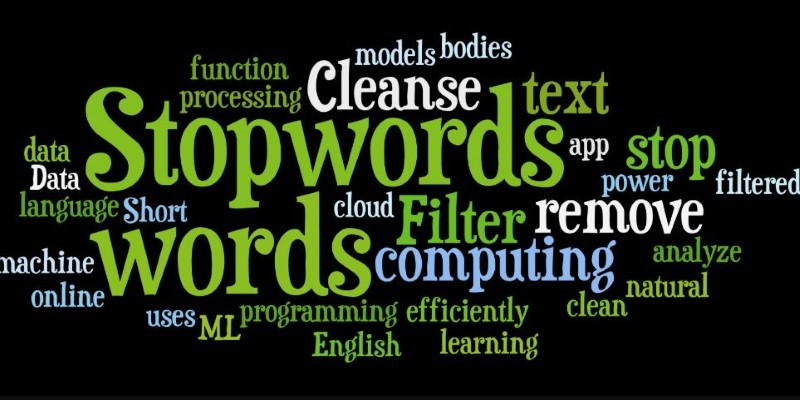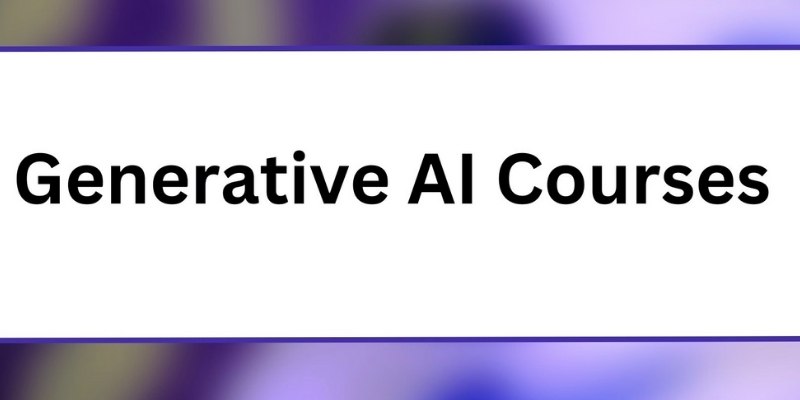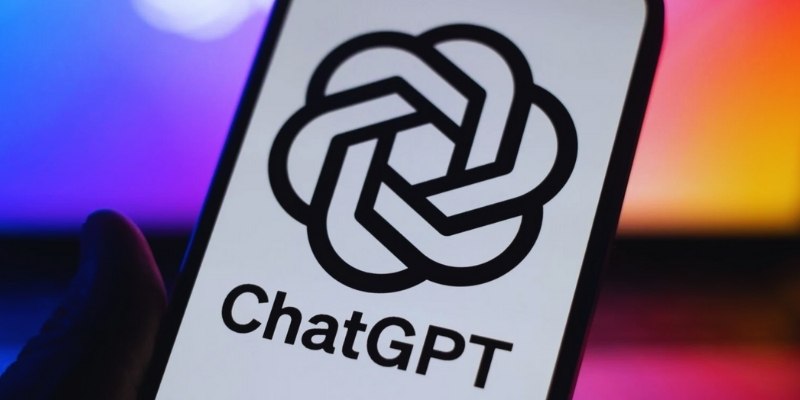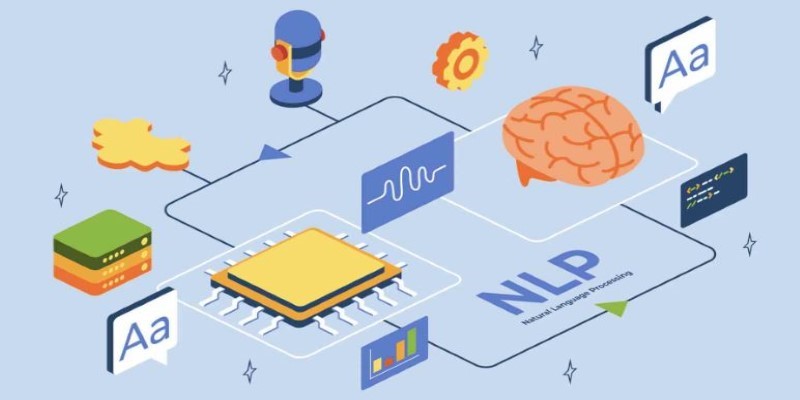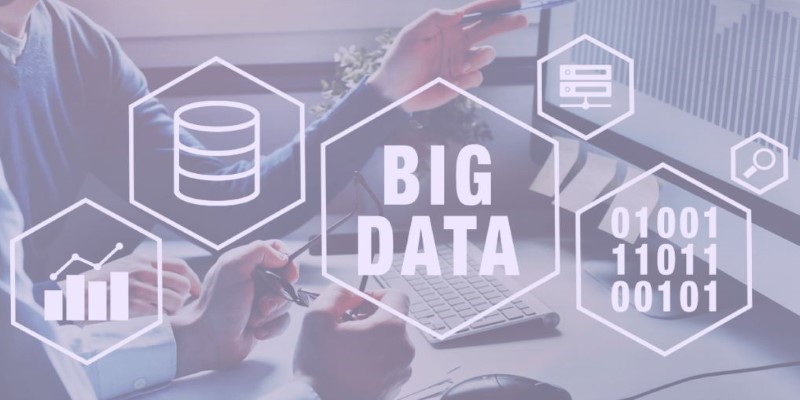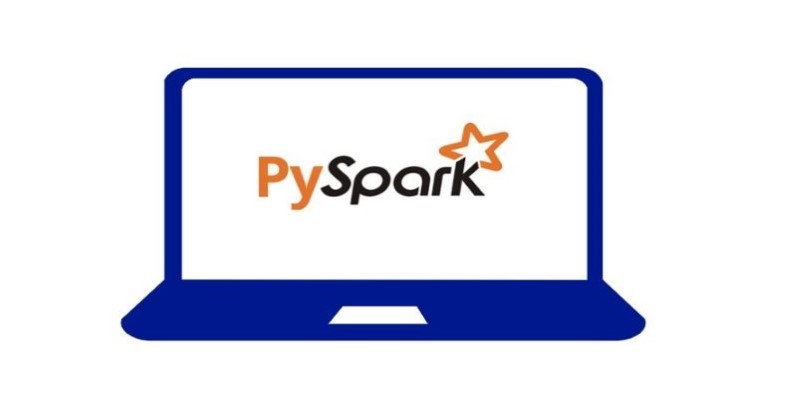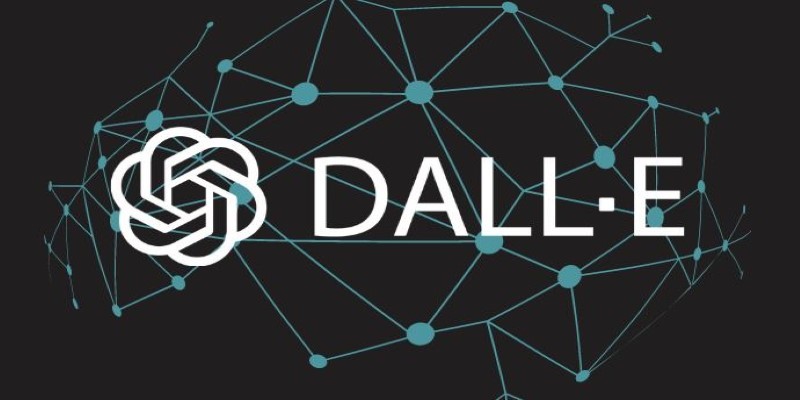AI is revolutionizing sectors all around us. Though worried about expenses, many people wish to understand artificial intelligence. Fortunately, many free materials are available online. One can acquire artificial intelligence competencies without financial outlay. Beginning learners grasp AI ideas thanks partly to free courses, tools, and forums. Learning artificial intelligence can first appear difficult. Anyone can start, though, with the correct attitude.
Numerous sites provide AI courses suitable for beginners. You need just constant practice and determination. This guide offers five simple stages for free learning artificial intelligence by 2025. It covers tools, learning materials, and actual projects. These actions will help you grasp artificial intelligence principles. You will also get practical experience sharpening your abilities.

5 Steps to Learn AI for Free in 2025
Below are the five essential steps to learn AI for free in 2025 and build a strong foundation in artificial intelligence.
Step 1: Understand the Basics of AI
One should study the foundations of artificial intelligence before starting coding. Knowing AI principles will help you more readily understand advanced ideas. Among the several disciplines of artificial intelligence are machine learning (ML) and deep learning (DL). These domains are widely employed in many sectors and are vital for artificial intelligence research. First, start by enrolling in free online classes to simplify AI ideas. Beginning-friendly AI courses abound on sites including Coursera, edX, and Khan Academy.
Additionally, a wonderful source for expert AI tutorials is YouTube. Video lessons allow many teachers to offer free AI knowledge. Reading AI books and papers will allow you to grasp things more deeply. Beginning users of websites such as Towards Data Science and Medium share AI-related material. You can join forums and AI communities to ask questions and grow personally. Participating in AI debates will help you deepen your knowledge.
Step 2: Learn Programming for AI
One must understand programming if one wants to create artificial intelligence applications. Python is one of the most often used programming languages for artificial intelligence. Its simplicity and large artificial intelligence libraries help to explain its popularity. The first step towards coding AI models is learning Python. Many sites offer free beginning Python lessons. Interactive coding courses abound from Codecademy, W3Schools, and Kaggle. A great tool for new students is Google's Python Crash Course. These classes provide you with coding confidence and cover fundamental Python ideas. You can only get better by daily coding practice. Work on little projects linked to artificial intelligence to deepen your knowledge. Writing and testing Python code will find tremendous use for the Jupyter Notebook. Learning AI-specific tools such as Matplotlib, Pandas, and NumPy is also crucial. These libraries aid in visualization and data handling. Mastery of Python and its libraries will equip you to investigate artificial intelligence development in great detail.
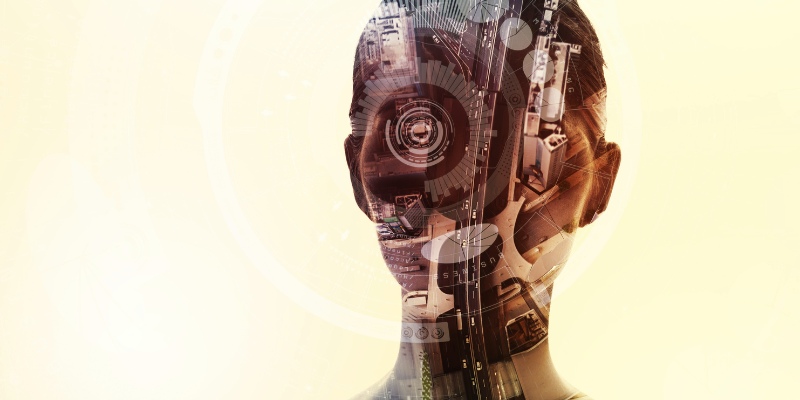
Step 3: Explore Machine Learning(ML) and Deep Learning
Studying Machine Learning (ML) comes next once you know Python. ML lets computers pick lessons from data without explicit programming. It is a fundamental focus of artificial intelligence research with many practical uses. You might start by enrolling in free ML classes. Google's Machine Learning Crash Course and Andrew Ng's ML course are highly advised and available on Coursera. These classes simplify ML ideas for beginners' ease. One should grasp fundamental ML subjects, including unsupervised and supervised learning. Discover clustering, regression, and decision trees, among other methods. Using Kaggle's datasets, you may hone your ML techniques. Learn ML and then advance to Deep Learning (DL) with an eye toward neural networks. Popular DL systems are TensorFlow and PyTorch. Free DL classes are available from Google's TensorFlow tutorials and fast.ai. Knowing ML and DL will help you successfully construct your artificial intelligence models.
Step 4: Work on AI Projects and Competitions
AI learning needs practical experience. Once one understands artificial intelligence and machine learning, one works on practical applications. Using AI ideas in projects will enable you to acquire the ability to solve problems. Practice can benefit from several free datasets at hand. Data for AI applications comes from Kaggle and the UCI Machine Learning Repository. Starting tasks like spam detection, image categorization, or chatbot development will help you grow. One excellent approach to push oneself is to enter AI contests. AI contests held by Kaggle let participants tackle practical challenges. Participating in these challenges lets you grow in ability and learn from professionals in artificial intelligence. Moreover, it helps build a GitHub profile. Uploading your projects to GitHub highlights your artificial intelligence abilities to possible companies. Working on artificial intelligence projects and contests can help you gain confidence and practical knowledge.
Step 5: Join AI Communities and Stay Updated
Since artificial intelligence is always changing, one must always be informed. Connecting with professionals and other students by joining AI communities lets you cooperate, and conversations teach fresh AI methods. AI conversations abound on numerous internet sites. Reddit, Stack Overflow, and LinkedIn groups are great venues for starting AI discussions. Ask questions, exchange ideas, and pick knowledge from seasoned experts. Following firms and AI researchers on social media is also vital. AI updates abound on Twitter, YouTube, and publications such as OpenAI and Google AI Blog. These sites exchange the most recent developments in artificial intelligence research. Another approach to keep current is to go to artificial intelligence events. Hands-on learning chances abound from free AI webinars, workshops, and hackathons. Participating actively in AI groups can help you to keep learning and advance your AI understanding.
Conclusion:
Dedication and the correct tools will enable free learning AI for 2025. First, grasp the foundations of artificial intelligence, and then pick Python for the AI application. Discover deep learning and machine learning to create artificial intelligence models. Work on projects and take part in AI contests to have real-world experience. Join AI communities, be informed, and follow business leaders always to be learning. Free courses, tools, and communities help everyone to access artificial intelligence. Anyone can acquire artificial intelligence skills with constant effort and patience. By following these five steps, you will be on your road to becoming a master of artificial intelligence free of cost.


